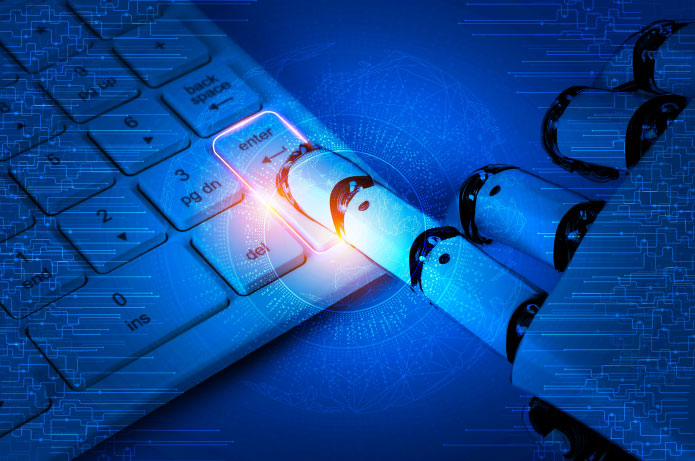According to a survey by Opinion Box, in partnership with Octadesk, the free shipping is one of the major factors in the purchase decision, influencing about 67% of consumers. With this in mind, Free Shipping Day was created, celebrated on April 28 in Brazil. The initiative is seen as an effective attraction and conversion strategy, offering consumers this clear advantage: saving on the value of shipping.
“For retailers, it represents the opportunity to increase the visibility of their products and win new customers. However, success in action depends on strategic planning and attention to logistical and operational details” points Juliana Vital, points out Global Chief Revenue Officer of Nubimetrics, a platform that empowers sellers and big brands with smart data.
According to the expert, offering free shipping can make a difference at the time of the purchase decision. However, it is essential that sellers carefully choose the products that will participate in the campaign, analyze costs and profit margin, and set prices strategically. And this factor has a motivation: the shopping experience has become an increasingly determining factor for the consumer, whose according to a study by Ecglobal, the more than 60% of consumers claim that it is a point that directly influences their decisions.
“It is essential that retailers take advantage of the date to analyze the behavior of their audience and use market data to make more assertive decisions.With organization and focus on the consumer experience, the celebration can become a decisive moment for sustainable business growth in the digital environment”, says the professional.
To help boost billing, Juliana also explains that other points can not be left out. “The fast delivery time is very relevant for consumers, in addition to the clarity of information, reputation of the seller and reliability in the shipping process. Being aware of these points can ensure not only success on the Day of Free Shipping, but also the loyalty of the extended customer”, concludes CRO,











